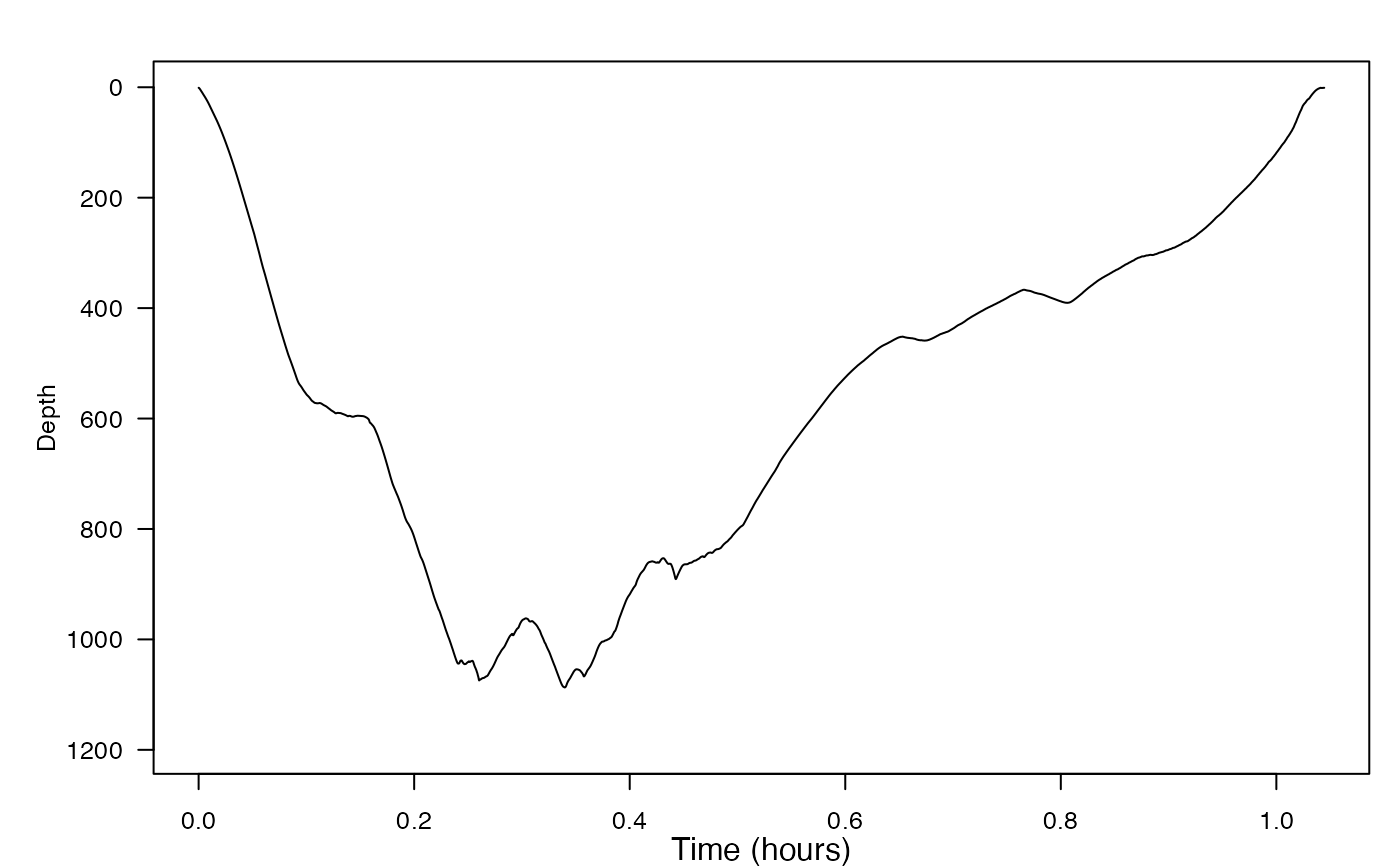This function is used to reduce the time span of data by cropping out any data that falls before and after two time cues.
Arguments
- X
A sensor list, vector, or matrix. X can be regularly or irregularly samples data in any frame and unit.
- sampling_rate
The sampling rate of X in Hz. This is only needed if X is not a sensor structure.
- tcues
A two-element vector containing the start and end time cues in seconds of the data segment to keep (i.e., tcues <- c(start_time, end_time)).
- times
A vector of sampling times for X. This is only needed if X is not a sensor list and X is not regularly sampled.
Value
Cropped data in the same format as X, unless X is irregularly sampled and NOT a sensor list. In that case, the function returns a list with 2 elements:
X: A sensor list, vector or matrix containing the cropped data segment. If the input is a sensor list, the output will also be. The output has the same units, frame and sampling characteristics as the input.
times: A vector of sampling times for Y. This is only returned if X is irregularly sampled and X is not a sensor list. (If X is a sensor list, the sampling times are stored in the list.)
Examples
d <- find_dives(beaked_whale$P,300)
P2 <- crop_to(beaked_whale$P, tcues = c(d$start[1], d$end[1])) #crop to 1st dive
plott_base(X = list(P2), r=c(1), panel_labels=c('Depth'))
